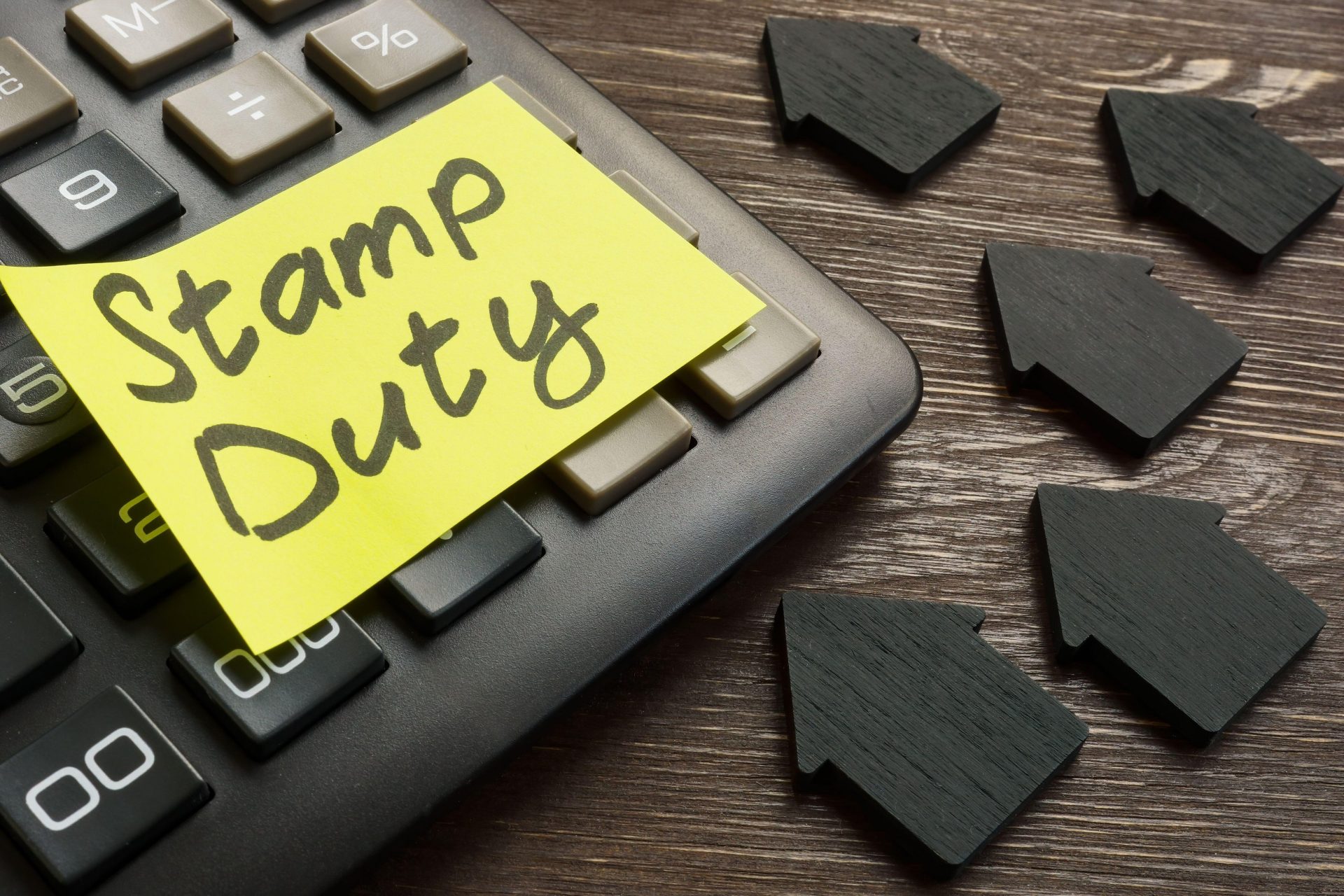Stamp Duty
When you’re looking to buy your new home, it’s important to factor in Stamp Duty (also called Stamp Duty Land Tax or abbreviated to SDLT) on top of your deposit and mortgage costs. At Jones Homes, we can sometimes offer you a contribution to Stamp Duty via our Helping Hand Scheme.
Find out more about possible Stamp Duty offers today.



 Customer Portal
Customer Portal







